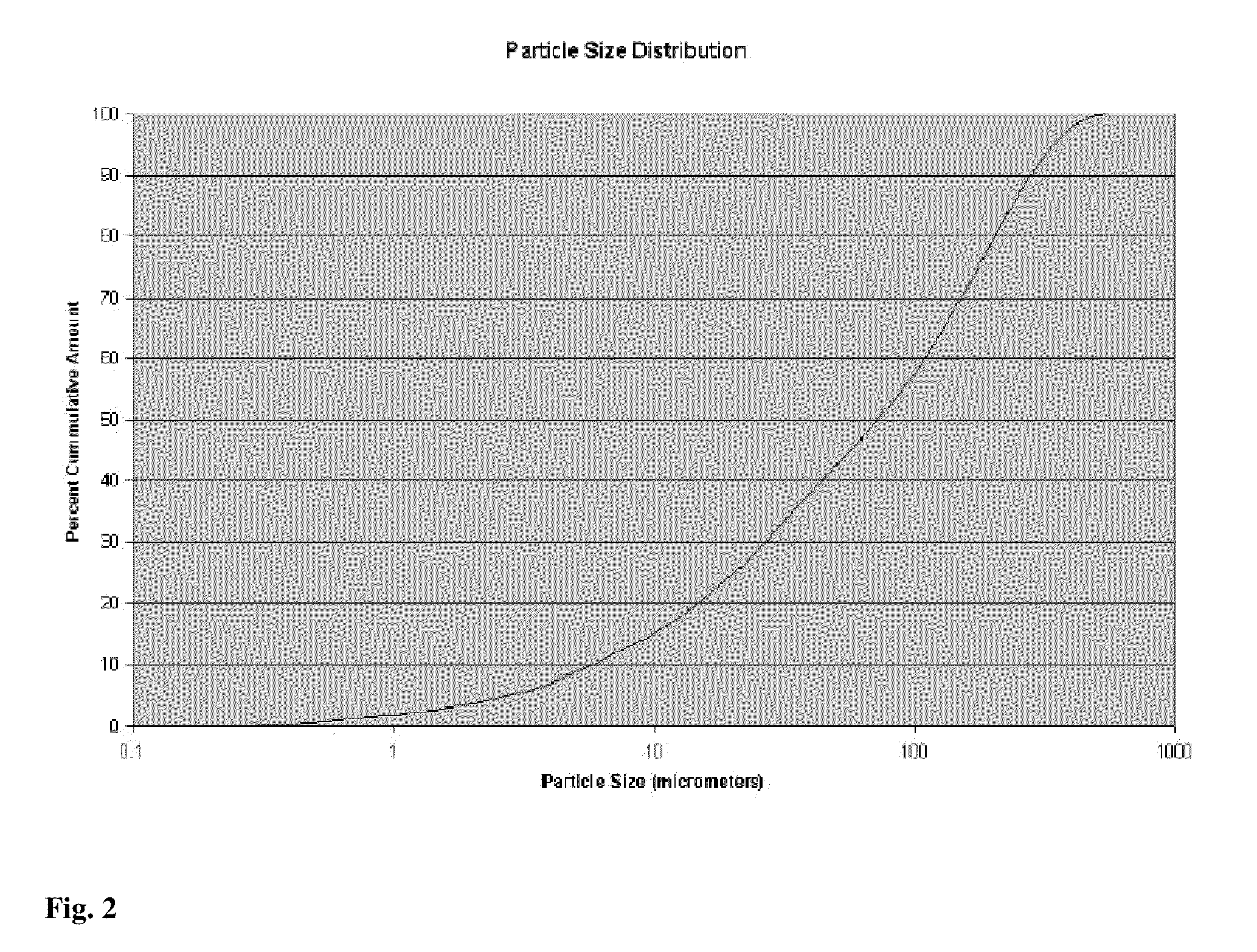Volatile oils are usually good candidates for pressure maintenance, which can result in increased reserves.
Gas is very difficult to produce from shale, however, because the
matrix permeability of the shale is often less than about 1 microDarcy.
Fluid loss refers to the undesirable leakage of a
fluid phase of a well fluid into the permeable matrix of a zone, which zone may or may not be a treatment zone.
Further, crosslinked fluid-loss control pills have demonstrated that they require relatively limited invasion of the formation face to be fully effective.
It may be difficult to obtain a uniform distribution of the treatment fluid throughout the entire interval.
If the proppant is too large, it will not easily pass into a fracture and will screenout too early.
If the proppant is too small, it will not provide the fluid
conductivity to enhance production.
However, this methodology does not consistently cause fracture tip screenouts.
While increasing the proppant concentration and decreasing the flow rate does increase the probability that a fracture tip screenout may occur, this methodology assumes that there is one fracture taking all of the fluid.
But, where there are competing fractures, the
initiation of a fracture tip screenout may be difficult to control and / or predict using conventional methodologies.
For example, in deviated wellbores, where only a portion of the perforations communicate with the dominant fracture that is being extended (when using conventional technologies), fluid is lost (e.g., leaking off) into other portions or fractures in the well besides the dominant fracture.
Dependent upon the rate of fluid loss into the formation, these conventional methodologies may not successfully generate a tip screenout in the fracture.
Furthermore, the conventional methods cannot predict when the screenout occurs, and, therefore, while it is desirable for the proppant to bridge at the tip of the fracture and pack therein, the bridging of the proppant and thus the screenout may occur anywhere in the fracture.
Oftentimes, this may happen near the
wellbore, before the
high concentration proppant reaches the fracture, causing an undesirable screenout inside the well bore.
If the screenout does not occur at the tip, and the fracture is not gradually filled with proppant afterwards, the fracture may not be packed with proppant as desired.
Tip screenout requires considerable fluid loss while at fracturing rates.
A person of skill in the art is able to plan each fracturing stage in detail, subject to unexpected or undesired early screenout or other problems that might be encountered in fracturing a well.
However, if screenout occurs earlier than expected in the treatment, it may indicate an incomplete treatment and the presence of undesirable voids within the treatment zone.
However, increasing the density of a well fluid will rarely be sufficient to match the density of the particulate.
The internal-phase droplets of an
emulsion disrupt streamlines and require more effort to get the same flow rate.
Viscous Fluid Damage to Permeability
In the fracturing of conventional reservoirs having relatively high permeability, viscous fluids used for carrying a proppant can damage the permeability of the proppant pack or the subterranean formation near the fracture.
The higher the
viscosity of the
fracturing fluid, the more likely it is to damage the permeability of a proppant pack or formation.
However, breakers and other treatments are subject to variability of results, they add expense and complication to a
fracture treatment, and in all cases still leave at least some fluid damage in the fracture.
In addition, the
chemistry of fracturing gels, including the crosslinking of gels, creates complications when designing
fracture treatments for a broad range of temperatures.
After a
fracture treatment, fracturing fluid that flows back to the surface must be disposed of, and the more fluid that is utilized in the treatment the greater the disposal risk and expense.
A considerable amount of energy may be lost due to turbulence in the treatment fluid.
Because of these energy losses, additional
horsepower may be necessary to achieve the desired treatment.
Gel formation would cause an undesirable increase in
fluid viscosity that would result in increased pumping
horsepower requirements.
Gel formation would cause an undesirable increase in
fluid viscosity that would, in return, result in increased
horsepower requirements.
Special-purpose fluids are typically prone to
contamination, so a spacer fluid compatible with each is used between the two.
For example, ketchup can have its
viscosity reduced by shaking (or other forms of mechanical agitation) but water cannot.
Particulate smaller than about 400 U.S. Standard Mesh is usually measured or separated according to other methods because small forces such as electrostatic forces can interfere with separating tiny particulate sizes using a
wire mesh.
Suspensions having a liquid external phase are essentially unstable from a thermodynamic point of view; however, they can be kinetically stable over a long period depending on temperature and other conditions.
Shearing stresses below a certain finite value fail to produce permanent deformation.
Due to the geometry of most common
viscosity-measuring devices, however, solid particulate, such as proppant or gravel used in certain well treatments, would interfere with the measurement on some types of measuring devices.
 Login to View More
Login to View More 


